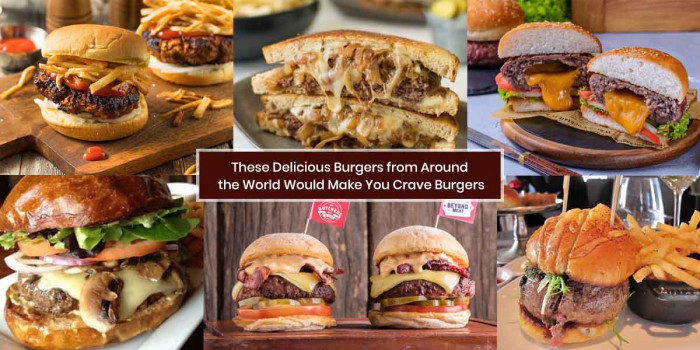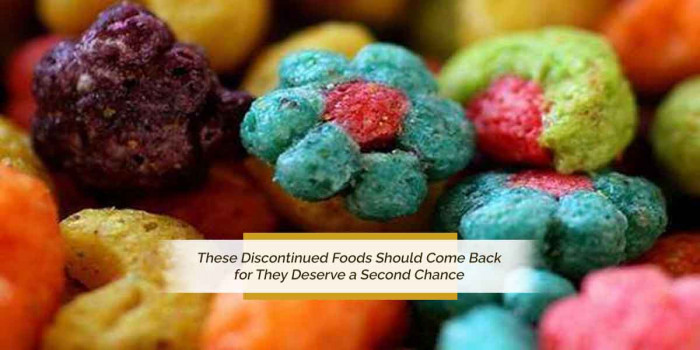Was the Roman Connoisseur Apicius the Guy Who Invented Jam?
The wobbly fruit preserve ‘jam’ serves as a delicious topping for cupcakes, cheesecakes, and bread in the present time. The ...

The wobbly fruit preserve ‘jam’ serves as a delicious topping for cupcakes, cheesecakes, and bread in the present time. The jam created by today’s adept artisans and loved by food connoisseurs isn’t a thing of modern times but finds its record in the first known cookbook.
Looking back to the past, one finds that jam’s journey has been ages long. Kings and Queens relished it, sailors were dependent on its nutritional value and sustainability (being a fruit preserve) and military troops ate it to get quick energy for the battle.
Not much information is historically available as to who invented jam, in particular, but there are instances about how it has delighted the kings, saints, soldiers, scientists, and alchemists with its taste, color, and smell.
Jam’s First Recipe Debuted in the World’s First Known Cookbook “De Re Coquinaria”
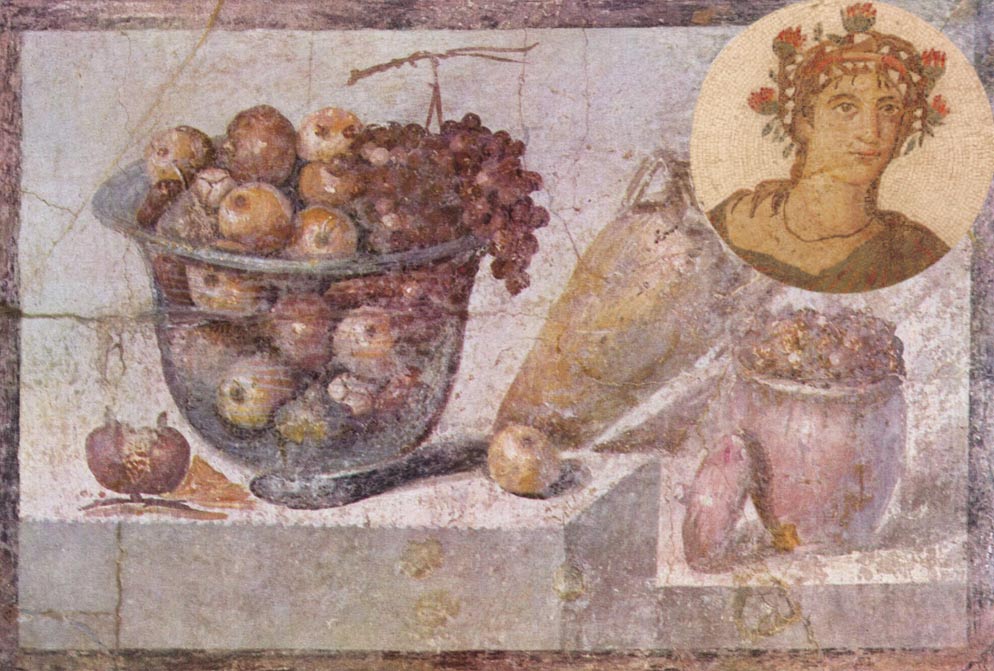
De Re Coquinaria (The Art of Cooking or Culinary Matters), the first recorded cookbook that is still in print today, mentions the first recipe of jam. Compiled around the late fourth or early in the fifth century, a famous Roman merchant and epicure Marcus Gavius Apicius wrote this cookbook.
Preservation of Fruit Historically Goes Back to the Crusades
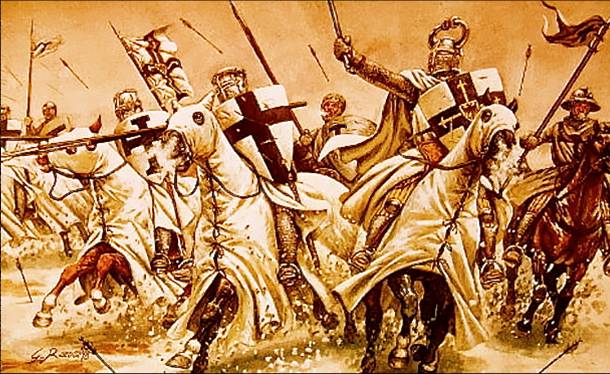
In plain form, the jam was nothing but a soft fruit heated with sugar or honey and then cooled down and stored. With the advent of crusades, the soldiers brought back the process of fruit preservation and the complex concoctions from the Middle East.
More Than Just Being a Way to Eat Fruit, Jam Was a Royal Delicacy
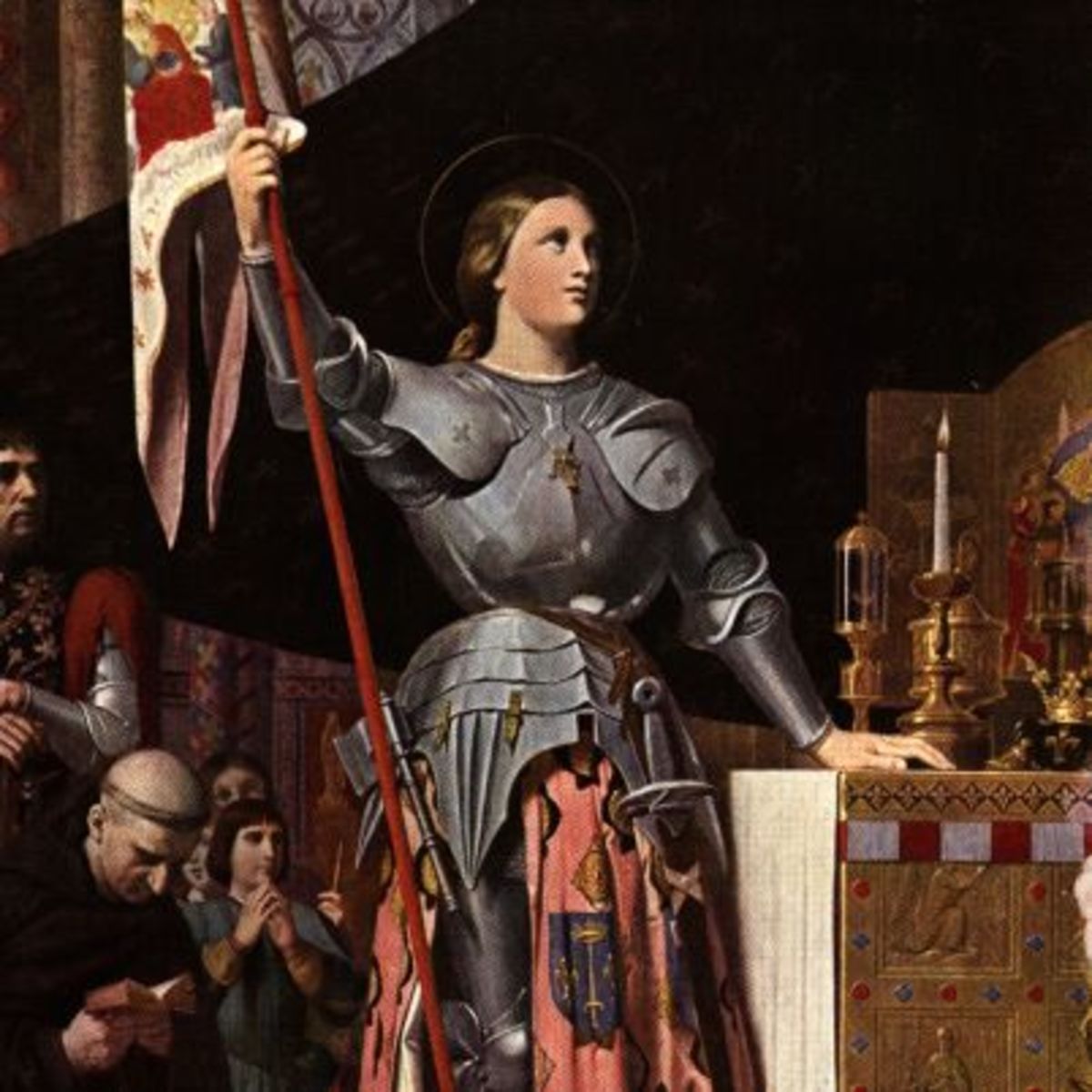
The popularity of jam as a delicacy was more and it wasn’t restricted to just being a way of eating fruit. As a courage-booster, French heroine Joan of Arc used to eat quince jam every time before going for a battle.
Nostradamus’ Love for Jam Made Him Write a Treatise on Jam & Preserves
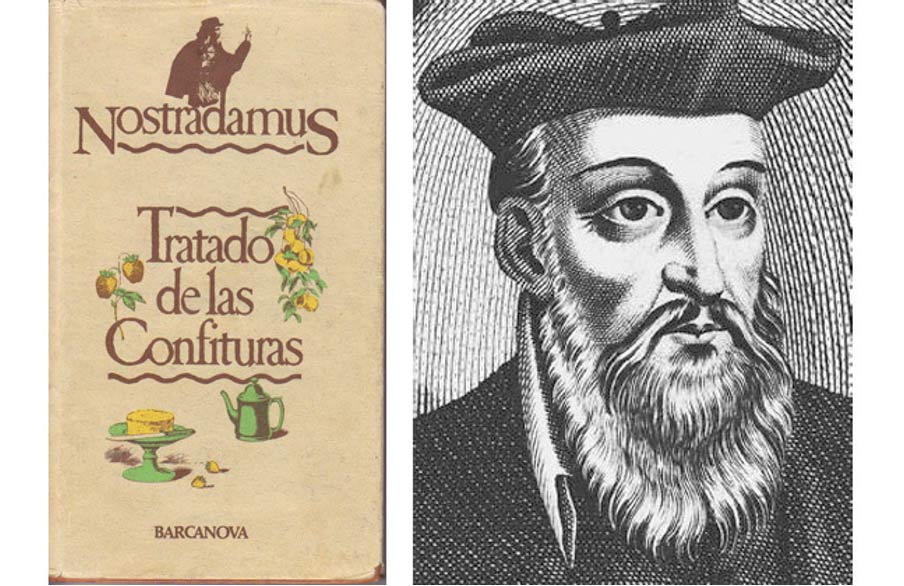
French astrologer and famed alchemist Nostradamus believed that jam was the source of beauty and happiness. He loved jam so much that in 1552, he wrote an entire treatise on jam and preserves, including a love potion version.
Marmalade Was Invented When Mary, Queen of Scots Fell Sick & Doctor Cured Her Ailment With It

As a tale goes, Mary Queen of Scots (also known as Mary I of Scotland or Mary Stuart) had sea-sickness. So doctor cured her ailments by whipping up a concoction of orange peel and sugar. However, the word most probably comes from ‘marmelo’, the Portuguese for quince.
King Louis XIV Concluded His Meal With Jams Made from Fruit Gardens at Versailles
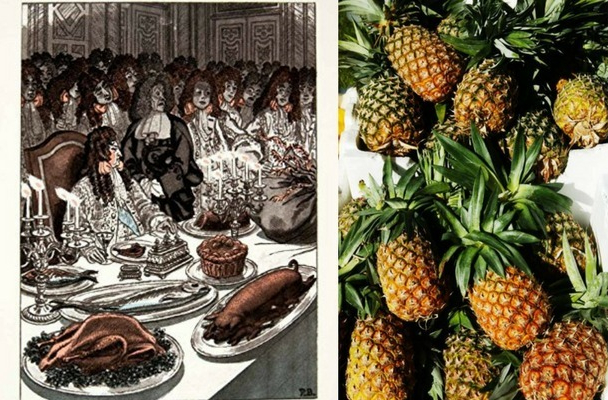
King Louis XIV was an ardent lover of jam who ate jam at the end of his every magnificent feast. Served in the special ornate silver dishes, the jams and jellies served to him were made from the fruit gardens and glasshouses at Versailles. Jams of pineapple and various other interesting flavors were made for him.
Sweet Jam Came to the Rescue During World War II Food Shortage
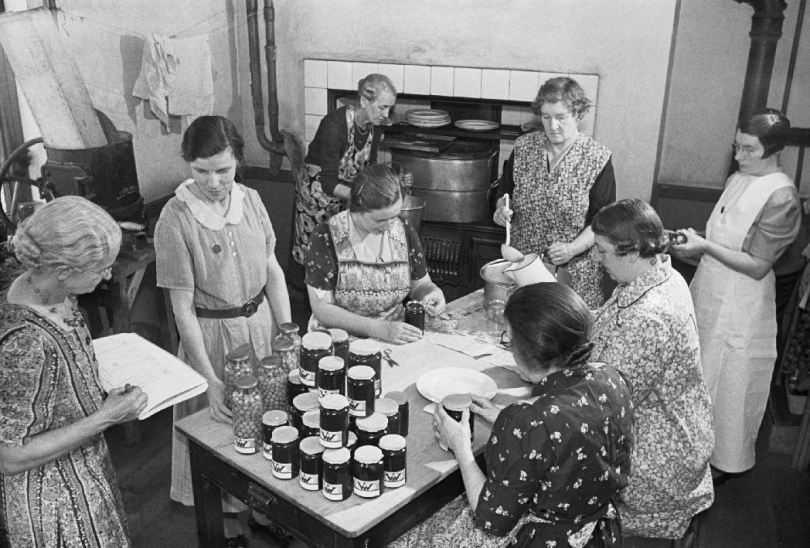
At the time of World War II, the anxiety about a shortage of food prevailed. So, in 1940, the Women’s Institute was given a government grant of £1,400 to buy sugar for jam. This resulted in the preparation of 1,631 tons of preserves in over 5,000 ‘preservation centers’ in farm kitchens, village halls, and sheds.
Popular Posts
Bagged Milk- What is it & Why Canadians Love it?
You won’t always find milk sold in clear plastic bags. But in Canada, the milk is sold in plastic bags. Of course, it has benefits and drawbacks. Let us find it out!
Rishika Gupta
Amazing Ways To Plate Your Dish Like a Pro
Cooking is one of the most loved activities by men and women in the world. People who prepare mouth watering foody delicacies ar...
Bharat Asrani
Gabagool | Capocollo - A Spicy & The Traditional Italian Food
Capocollo is a traditional and spicy Italian and Corsican pork cold cut made from the dry cured muscle running from the neck to ...
Kimberly Campbell






